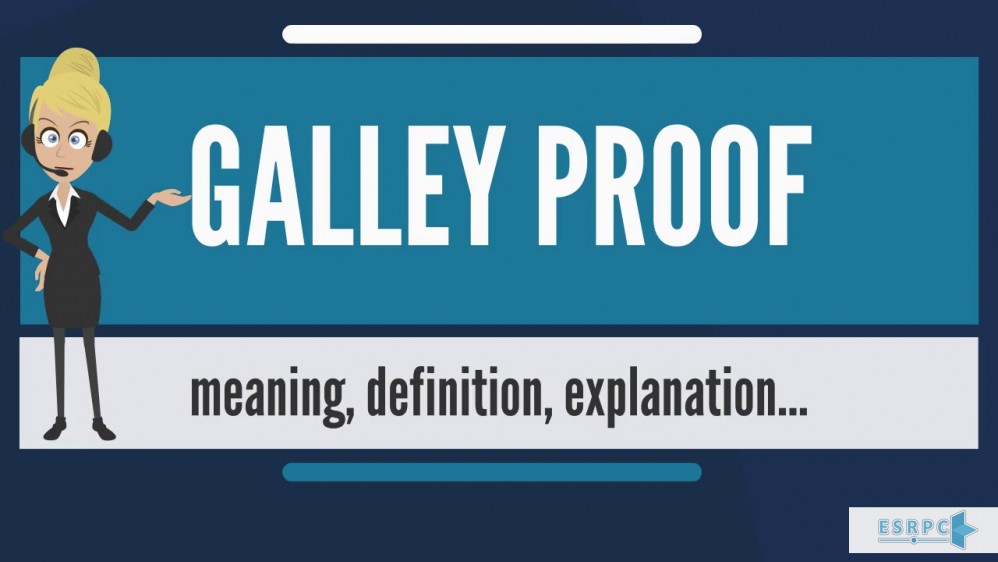Galley proof, the last opportunity for an author to make the final changes in his/her work

Most researchers especially those at the beginning stages of conducting a research or even experts encounter this question that what the galley proof is.
While an author submits an article to be published in a journal, it is necessary to have some time passed during submitting and publication stages and this stage needs an interaction between the journal’s editor and the author.
Those articles that are judged, edited and formatted by the editing team will be sent to the author at the last stage of publication. In fact, this is the last opportunity for the author to make the final changes in the article.
By final changes, it is not meant to change the major content of the article since, in case of any content-based problems, they have to be edited during the reviewing process. Any addition to the main content of the article is rejected by the editors and in some cases, the article is dismissed or it is sent back for reevaluation which is totally depended on the editors’ viewpoint. The final changes regard the following options: willing to make some changes in the email addresses, authors’ priority list, addition or elimination of an author’s name, or some information about the affiliations, etc.
Different publishers may use different ways to submit galley proofs but in any case, submitting of galley proof is the last stage of publication. Most journals send the galley proof in pdf format to the author in charge. In this stage, as mentioned before, those significant changes would be applied that are vital and important for the author.
Then the publishers set a limited period of time for resending the galley proof and usually this limited time is flexible from 24 to 72 hours. From the moment that article’s proof is sent to the corresponding author, the limited time is started and it will finish up when the time limit is over. Accordingly, the author should be conscious about the time that the article was sent by the journal and set the remaining time according to it to avoid any delay. All changes should be done on a pdf file and sending the editions or the content of the article in another file or format is not accepted. As the sent file is almost in pdf format, the author must apply the probable changes by adding notes.
Any kind of delay in sending the galley proof of the article to the journal might result in postponing the publication of the article. Furthermore, when the galley proof is sent back to the journal, it means that all the changes have been considered and that version will be published in the journal. Any negligence in applying the changes would result in publishing the article with the problems and mistakes. For example, if the author wanted to make some changes in his affiliation but he had forgotten to apply it in galley proof, the affiliation will be published in the primary form which might not be acceptable in the author’s perspective.